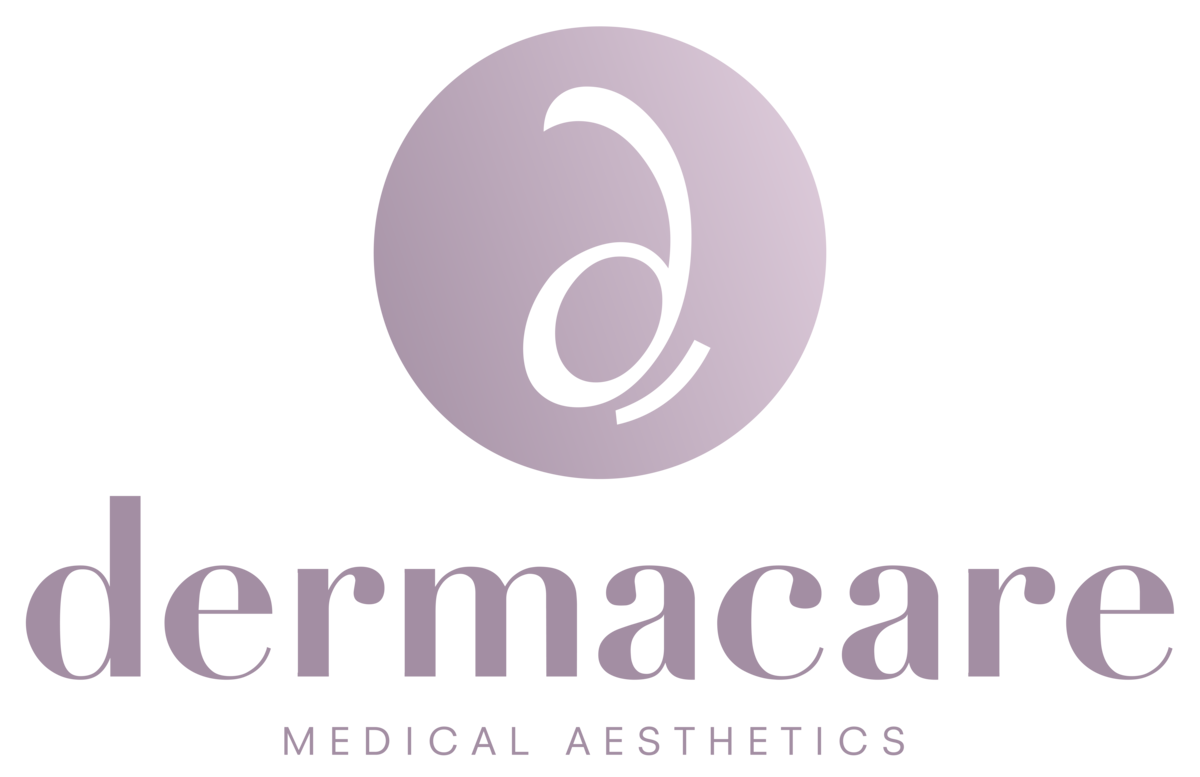The Fraxel laser revolutionized the laser skin care industry when it was introduced in 2003. Prior to that the CO2 and erbium lasers were the key lasers for skin rejuvenation and collagen stimulation. Unfortunately, these lasers had significant complications rates, long down times (4-5wks) and were not safe on darker skin types. By “fractionating” the treatment pattern into a pixilated pattern, only a fraction of the skin (~15-25%) was treated. The surrounding untreated skin, would allow faster healing. By doing this “fractionated” pattern, the complication rate was much less and the down time was reduced to 24hrs. The success of this strategy prompted several other laser manufacturers to mimic this approach, so now there are at least 20 different fractionated lasers.
While other competitors were trying to keep up with Fraxel, the Fraxel laser was also evolving. Their first improvement was to increase the power of the original Fraxel. This Fraxel II would penetrate deeper in the skin allowing more complete collagen stimulation and deep pigment reduction. Fraxel II is the most commonly available Fraxel laser and the one we use here at Dermacare. Later it was renamed the Fraxel “Restore” laser. The Fraxel company then developed the Fraxel “Refine” laser, a lower powered laser and designed mostly for superficial brown pigment. Their next big modification was to apply the fractionated technology to a CO2 laser and this is the Fraxel “Repair” laser. With one treatment you get the same collagen stimulation and skin tightening but with downside of more wound care, more down time, and higher complication rate. Finally, they have release a laser called the Fraxel Duo, that is a further modification of the Fraxel II.
When opening our second clinic, in Carlsbad, I gave strong consideration to getting the CO2 Repair laser rather than the Restore. We finally settled on another Fraxel Restore for the second office. Our research showed that for most people the extra downtime and complication rate are not worth it. I agree, the Fraxel Restore (a.k.a Fraxel II) seems to be the best balance between effectiveness and complications/down time. When you are doing your research and reading other people’s experiences, be sure you understand which Fraxel (Restore or Repair) they are commenting on. Further, recognize that patient rating sites have a much lower satisfaction rate then our experience. We find that over 90% of our clients have good to excellent results, which is consistent with independent survey’s of patient satisfaction.
